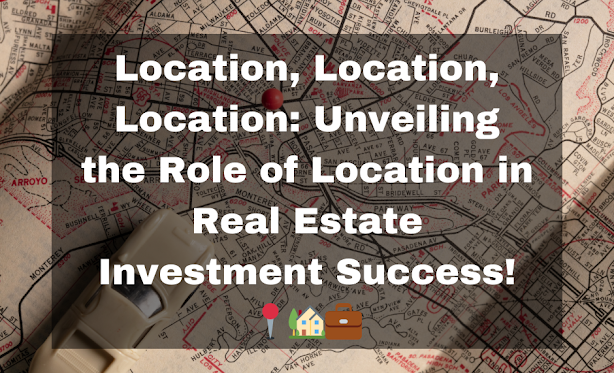Exploring Tiny Homes: Is This Trend a Good Investment?
In recent years, the tiny house movement has captured the attention of homeowners and real estate enthusiasts alike. These small, minimalist dwellings offer a unique lifestyle with reduced environmental impact and lower costs. However, before jumping on the tiny home bandwagon, it's crucial to consider whether this trend is a good investment choice. In this blog post, we will delve into the world of tiny homes, exploring their benefits, challenges, and potential as a real estate investment.
The Appeal of Tiny Homes:
Tiny homes, typically measuring between 100 to 400 square feet, have garnered popularity due to several enticing factors:
👉a) Cost-Effectiveness: Tiny homes often come with a significantly lower price tag than traditional houses, making them an attractive option for budget-conscious buyers.
👉b) Eco-Friendly Lifestyle: The minimalist nature of tiny homes encourages a simpler, more sustainable lifestyle with reduced energy consumption and environmental impact.
👉c) Mobility: Some tiny homes are built on wheels, allowing owners to travel and explore without sacrificing the comforts of home.
👉d) Customization: Despite their size, tiny homes can be creatively designed to optimize space and cater to individual preferences.
Assessing Tiny Homes as an Investment:
While tiny homes offer several advantages, it's essential to evaluate them as an investment option:
👉a) Market Demand: Consider the demand for tiny homes in your target location. Is there a growing interest in this type of housing, or is it a niche market with limited potential buyers?
👉b) Resale Value: Analyze the potential resale value of a tiny home. As with any investment, factors like location, design, and market trends can influence its appreciation over time.
👉c) Regulatory Challenges: Investigate local zoning laws and regulations related to tiny homes. Some areas may have restrictions on where tiny homes can be located or how they can be used, affecting their investment viability.
👉d) Long-Term Livability: While tiny homes suit some individuals or couples, consider their long-term livability for families or as a forever home. This can impact the rental income potential or future resale appeal.
Exploring Investment Strategies:
If you decide that investing in a tiny home aligns with your goals, consider the following strategies:
👉a) Renting as Vacation Homes: Position your tiny home as a vacation rental in popular travel destinations, offering tourists a unique and eco-friendly accommodation option.
👉b) Creating a Tiny Home Community: Develop or invest in a tiny home community, catering to individuals seeking an alternative living experience.
👉c) Airbnb or Short-Term Rentals: Rent out your tiny home on platforms like Airbnb for extra income, targeting travelers looking for a one-of-a-kind stay.
👉d) Off-Grid Living: Explore off-grid or eco-friendly tiny homes that attract environmentally-conscious buyers seeking self-sufficiency and energy efficiency.
Tiny homes offer a distinctive living experience and a range of investment opportunities. However, before embracing this trend as a good investment choice, research thoroughly, assess market demand, and consider potential challenges. As with any investment, a careful evaluation of your financial goals, lifestyle preferences, and long-term plans will help determine if a tiny home aligns with your vision of a successful and fulfilling real estate venture. Remember, every investment decision should be made with prudence and foresight to secure the best possible outcomes.
Follow me for more tips about real estate!
And click here for a FREE Home Valuation! >> https://www.longandfoster.com/AnjalBahal/tools/marketvalue.aspx🔎




Comments
Post a Comment